How to connect digital TV to a TV without a set-top box?

Digital signal printing has ushered in a new era in the history of terrestrial television. The quality of its viewing has improved: digital TV is more resistant to interference, rarely shows pictures with distortion, does not allow ripples on the screen, and so on. Thus, the digital signal has supplanted the analog in the conditions of fair competition. When it all began, both the owners of new TVs and those who were not going to say goodbye to the old ones got worried.
But you can connect almost any TV to "digital": in some cases it will be a special set-top box, in others - simple settings.
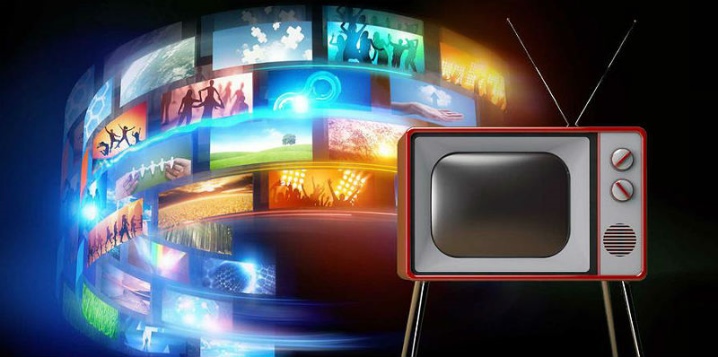
What TVs can I connect?
There are several clear conditions for digital signal reception. The most advantageous connection option is a TV tuner, given the fact that both satellite and cable TV require a package subscription fee. An antenna that will work with a digital signal must be in the decimeter range. Sometimes it is possible to use a simple indoor antenna, but only if the repeater is nearby.
In order for the TV to receive a digital signal, you need:
- be connected to cable TV with a digital signal;
- have a satellite dish with the necessary equipment for signal reception and the ability to decode;
- have a TV with Smart TV function and an option to connect to the Internet;
- be the owner of a TV with a built-in DVB-T2 tuner, which is necessary to receive a digital signal without a set-top box;
- have a working TV without a tuner, but in this case, you need to purchase a special set-top box, connecting wires and an antenna that can be directed to the TV tower.



All of the above are options for television equipment to receive and convert digital signals. For example, outdated TVs will not receive the new signal, but if you connect them to the set-top box and make the appropriate settings, you can watch terrestrial TV in digital format.
Of course, sometimes users start to trick, for example, connect a laptop or computer to the TV, setting up the broadcast channels in advance. You can do this with the help of a whole list of free services.
But you need to warn - the correctness of the broadcast will depend on the speed of the Internet connection, which is given by a particular tariff from the provider.
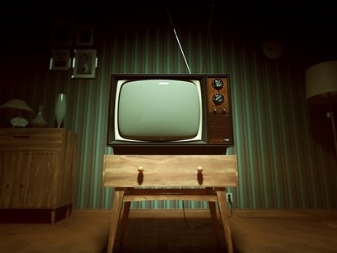

Such actions are both complicated and not very convenient. Besides it is irrational to occupy the computer with the broadcasting of tereprograms. Therefore, some of the TV fans who do not have TVs with a built-in tuner simply bought them. Other owners of outdated TV sets bought set-top boxes, antennas, connected them, tuned them up, thereby providing viewing of television in digital format.
Attention! An explanation is needed for those who do not really understand what is the difference between analogue and digital television.
With the analogue method of broadcasting, a TV signal, a color subcarrier and an audio signal are transmitted over the air. In digital broadcasting, sound and picture are not used to modulate radio waves. They are converted into a discrete (or, more simply, digital) form, encoded by special programs and broadcast in this form. The clarity of the image, the resolution parameters and the error in the form of interference in digital television are more enviable than in the outdated analogue.


Connection
It unfolds in several scenarios depending on the type and model of the TV.
Note the difference in connections.
- Most modern TVs are manufactured with smart TV technology built in. If you have a stable internet connection, it's easy to set up digital reception with your own hands. You need to find an IPTV service - this is a special player with a huge number of digital channels that can be watched at a convenient time for the user.
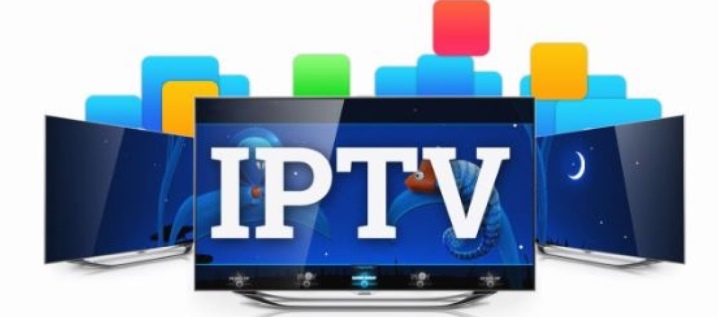
- In the TV application store, you need to download a special program to watch the "numbers". This can be Peers TV, Vintera TV, SSIPTV and other options. A playlist with a list of channels that you want to leave on your device is found and downloaded on the Internet.



- If you need to watch exactly terrestrial digital television, then you must have a built-in DVB-T2. It is worth considering that the DVB-T tuner is an outdated version that will not support the required signal.

- When connecting on the basis of cable TV, you need to choose a provider and one of the tariff plans that he offers. The provider's cable is inserted into the TV (it will not do without wires), after which you can proceed to on-air viewing.

- LG. Almost all models of this brand, released after 2012, have a built-in tuner. Whether the desired signal is supported can be encoded in the model name.
- Samsung. By the model of the device, you can understand whether it will connect to digital TV. There are certain letters in the name - they encrypt the connectivity of the model. Shop consultants will tell you more about this.
- Panasonic and Sony. These manufacturers do not provide information about the tuner and its type, if we talk specifically about the model name. But this is clearly spelled out in the technical specifications.
- Phillips. The name of any model contains information about the receive signal. You can find the necessary TV by the last letter before the numbers - this is either S or T.



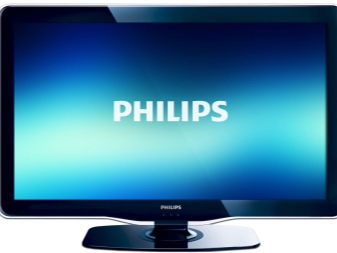
The algorithm for connecting "digital" through the antenna for TVs with a tuner is as follows.
- It is necessary to disconnect the TV receiver from the power supply.
- Connect the antenna cable to the antenna input of the TV.
- Turn on the TV.
- Enter the equipment settings menu system and activate the digital tuner.
- Next, an autosearch of programs is performed according to the instructions, which must be included in the kit. Manual search is also possible. The channel number or its frequency is entered, and the technique itself searches for them.


Wiring diagram for "numbers" via a prefix:
- disconnect the equipment from the network;
- connect the antenna cable to the desired input of the set-top box;
- video and audio cables are connected to the corresponding connectors on the TV and decoder (the picture quality will be higher if an HDMI cable is used);
- power supply can be applied, and the receiver can be turned on;
- the desired signal source is selected in the menu - AV, SCART, HDMI and others.
- then an automatic or manual search for digital TV programs is carried out according to the instructions.


The algorithm for reconfiguring the TV to "digital" with cable TV is as follows:
- enter the TV menu using a special button on the remote control;
- find the "Channel" section - usually it is located under the sign of the satellite dish;
- click on "Autosearch";
- from the options that will be offered in the menu, you need to select "Cable";
- then, having selected the column "Digital", press "Start";
- if you want to leave analog channels on the TV, you should select the “Analog and digital” column.

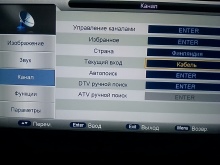

The question arises whether the viewing of digital TV will be included in the capabilities of televisions located, for example, in a dacha village.
It will be necessary to find out what signal the TV receives in the country house. If the TV is satellite, you don't have to do anything. But if the signal comes from the antenna, then one of the above options should be used to adapt the TV to the “digital”.

Customization
Channel tuning can be carried out either on the TV itself with an existing tuner, or on a set-top box (it can also be called a tuner, but more often - a decoder or receiver).
The features of autotuning are as follows.
- The TV connects to the antenna. The latter should be oriented towards the repeater.
- The name button on the remote control opens the menu.
- You need to go to the section, which can be called either "Settings" or "Options". The name depends on the TV model, interface and others. But at this stage it is difficult to "get lost", there are no problems with the search so far.
- The next choice is “TV” or “Reception”.
- Next, you need to indicate directly the type of signal source - it will be an antenna or cable.
- Now you can select the automatic search function. If you are searching for terrestrial TV, you do not need to specify the frequencies, since the system itself will be able to select the channels. If you need to tune channels on cable or satellite TV, then in this case you should dial the frequencies of the provider.
- The TV will soon display a list of the channels it has found.
- Click "Ok" to agree with the found list. After that, there is no doubt that the programs will be entered into the device's memory. Now you can watch TV.
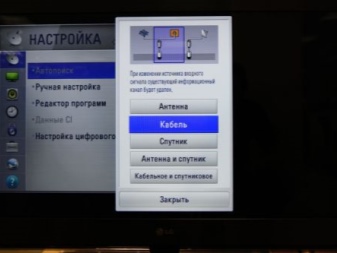

It remains to consider the features of manual settings.
- The RTRS online service is a great help in finding channels. On this resource, you need to find your location and indicate it, after which the user will be presented with parameters with marks of the frequency of digital TV channels for the two nearest TV towers. Record these values.
- Then you can go to the menu - to the "Settings" mode.
- The column "TV" is selected. Only in the case of manual configuration, you should not go to the autosearch section, but to the corresponding manual connection point.
- The signal source is selected "Antenna".
- Carefully and consistently enter the frequencies and channel numbers for the first multiplex (recorded in the first step of the setup).
- Search starts.
- When the TV finds the desired channels, they must be stored in the memory of the TV receiver.

The same algorithm is repeated for the second multiplex with the corresponding values.
After the settings, you can start watching TV.
Regional channels are easy to add.
- The antenna should be directed strictly at the repeater, then turning on the analogue channel search mode on the TV.
- Then everything depends on the specific brand of the TV receiver. In some models, it should be noted that the TV must scan strictly digital channels, and somewhere this does not need to be specified separately. If you need to save both analog TV and digital, then usually the search program asks this question and asks for confirmation.
- When all the channels are found, you must remember to fix them in the TV receiver's memory.
There shouldn't be any special difficulties in the transition to digital. Even if some nuances happen, then you just have to go over the instructions again and find out what exactly is missing or violated in the algorithm of actions.

If the channels are not caught, and there is no signal at all, then this can happen for a number of reasons.
- The TV itself is corny faulty. The antenna may be broken or the cable damaged. This happens, for example, when repairing or rearranging furniture in the house. If you cannot fix the problem yourself, you need to call the wizard.
- Antenna not properly aligned. UHF antennas are considered sensitive to the direction from which they receive the signal. Changing the orientation of the antenna itself often solves the channel tuning problem.
- The distance from the repeater is violated. It is possible that a person may be in the so-called dead zone, which has not yet been covered by broadcasting. And until new towers are built, there will be no television in this zone either. In this case, satellite broadcasting, which is available everywhere, helps out.
- It's about radio shades.Hills, mountains, and various other natural obstacles that block the transmission path can create radio shadows. But what is built by man can also become such an obstacle, for example, reinforced concrete or steel capital buildings. The situation is corrected by changing the position of the antenna. If you raise it higher, then you can get out of the radio shade and adjust the reception of the reflected signal. You can try to catch the broadcast from another broadcasting installation if it is no further than 40-50 km from the user's location.


When only part of the channels is caught, you need to make sure that the broadcast parameters of the nearest tower are accurate.
If the channels were definitely there, but disappeared, perhaps there was some kind of barrier between the repeater and the antenna. Technical problems on the repeater are not excluded, but the news about them is usually brought to the attention of the population. Finally, these may be malfunctions of the antenna: the cable could break, the antenna could be displaced, and so on.
If the digital picture on the TV freezes, the signal may be very weak. You need a fine tuning of the antenna, perhaps even the purchase of an amplifier. It happens that digital TV does not work stably enough: the signal is received clearly, then it is not detected at all. In the latter case, the system is completing the image according to the previous data. You need to either wait until the interference disappears, or adjust the tuner and antenna yourself.

For information on how to set up digital television, see the following video.






The comment was sent successfully.